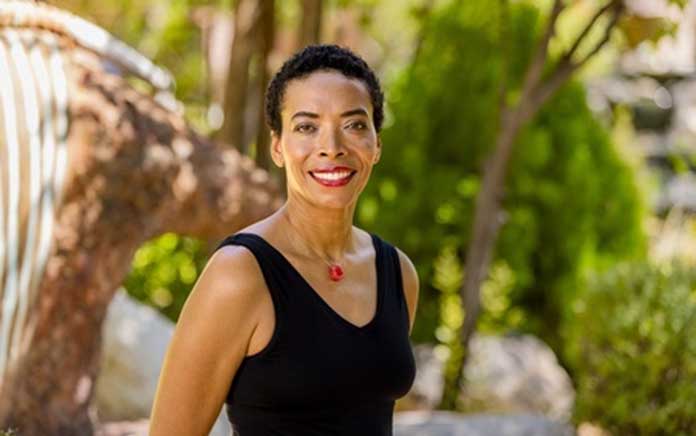Photo by Steven Meckler
Popular science magazine Scientific American reports that only 26 Black women to date have ever become astrophysicists in the United States. One of the 26 is Aomawa L. Shields, Ph.D., astronomer, astrobiologist, associate professor of physics and astronomy at the University of California-Irvine, and a classically trained actress.
Growing up in a “self-sufficient and independent” all-female household that prized education and encouraged her love of the planets, Shields was raised securely on a foundation of science. “The sky was my first love,” she says in her new memoir, “Life on Other Planets: A Memoir of Finding My Place in the Universe” (Viking).
Little did she know then that the night sky could become a career. She remembers wanting, instead, to be a cheerleader – like the pretty white girls she saw on TV. Her PhD-educated mother “winced” at the idea, but delighted in Shields’ fascination with stars and her embrace of STEM subjects.
By the time she was twelve years old, however, Shields had mapped out her entire future career. To get there, she read as much about astronomy as she could find and “devoured” TV shows about space before applying to attend an elite prep school that took her from her California home to New Hampshire.
At Phillips Exeter Academy, “As soon as I could, I took astronomy courses,” she says. She dreamed of applying at NASA. She also auditioned for a play, and landed a good part.
Acting, Shields learned, was fun and she was quite good at it. Storytelling, making an audience feel a certain way – it was addictive. She continued to attend astronomy classes, but quietly auditioned for parts.
A year into an astrophysics Ph.D. program she was wracked with self-doubt, compounded by the white male professor’s suggestion that she—a young Black woman who also loved fashion, makeup, and the arts—didn’t belong.
Demoralized, struggling academically, she left astronomy and returned to California to pursue acting professionally. It took a day job at NASA’s Spitzer Space Telescope to draw her back to the stars after a decade-long break.
But she had two loves: astronomy and acting – how was this going to work? Wish hard enough, work even harder and, as in “Life on Other Planets,” you may see your hopes come true.
Shields established Rising Stargirls, an outreach program that integrates theatre, poetry, and visual arts with astronomy, with a mission to increase the number of diverse women in astronomy careers.
Pick up “Life on Other Planets,” and you may be tempted to put it right back down. The subject matter is pretty heavy, very science-y. What if it’s over your head? You might get lost.
Not really.
Shields certainly brings a great deal of science into her tale, but it comes with a lot of gentle wide-eyed wonder and explanations that are easy for an average reader to grasp. There’s beauty in what Shields sees, and she shares her excitement in a way that will make you see the sky with fresh eyes.
That’s the first leg of this book. The other is about Shields’ journey to fit into two worlds, one foot in each of them, while still being true to herself and her interests.
Readers who love science will love this book. But you don’t have to be a STEM expert to enjoy it. Find “Life on Other Planets” and see if it doesn’t brighten your summertime reading.



